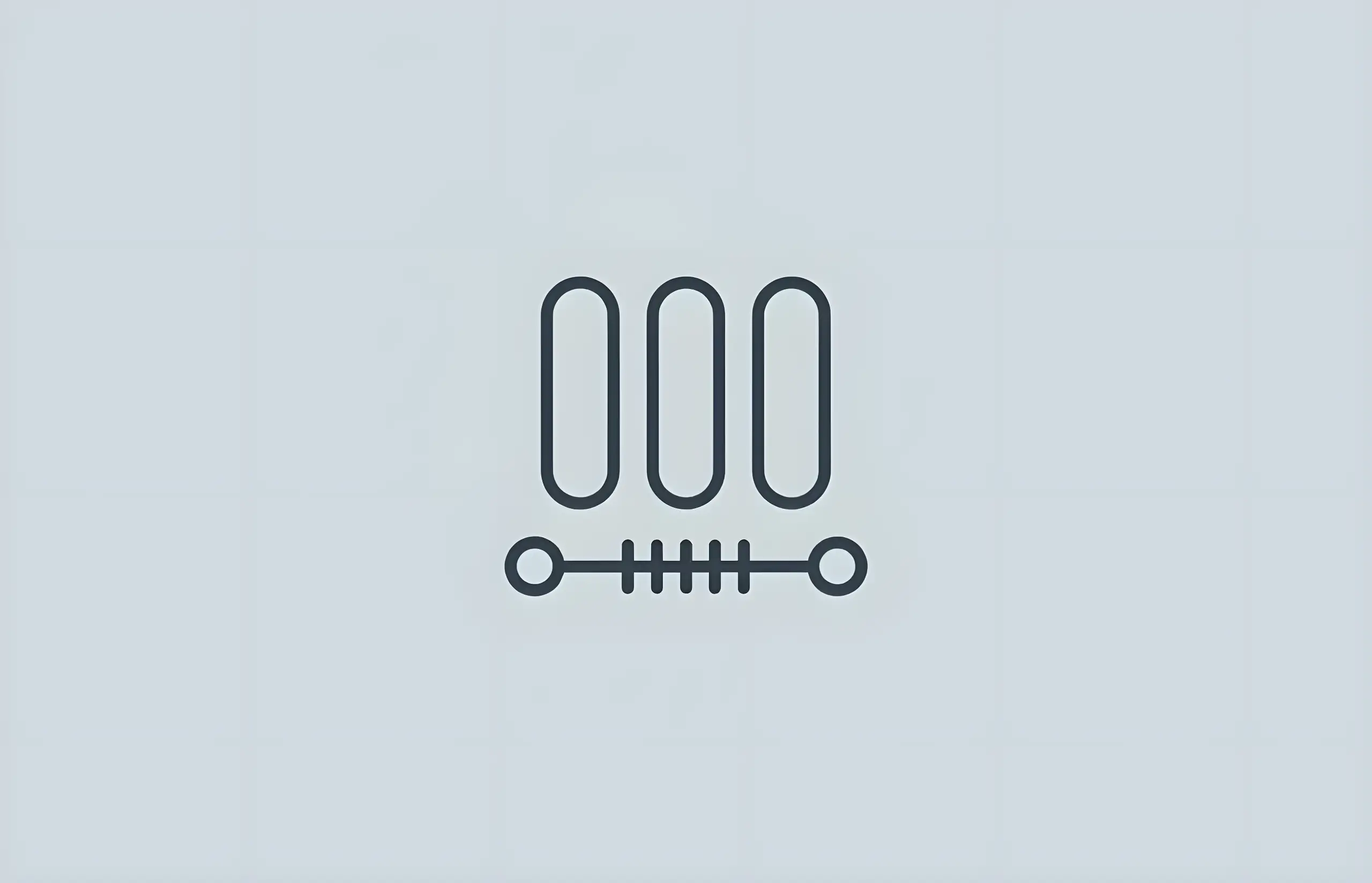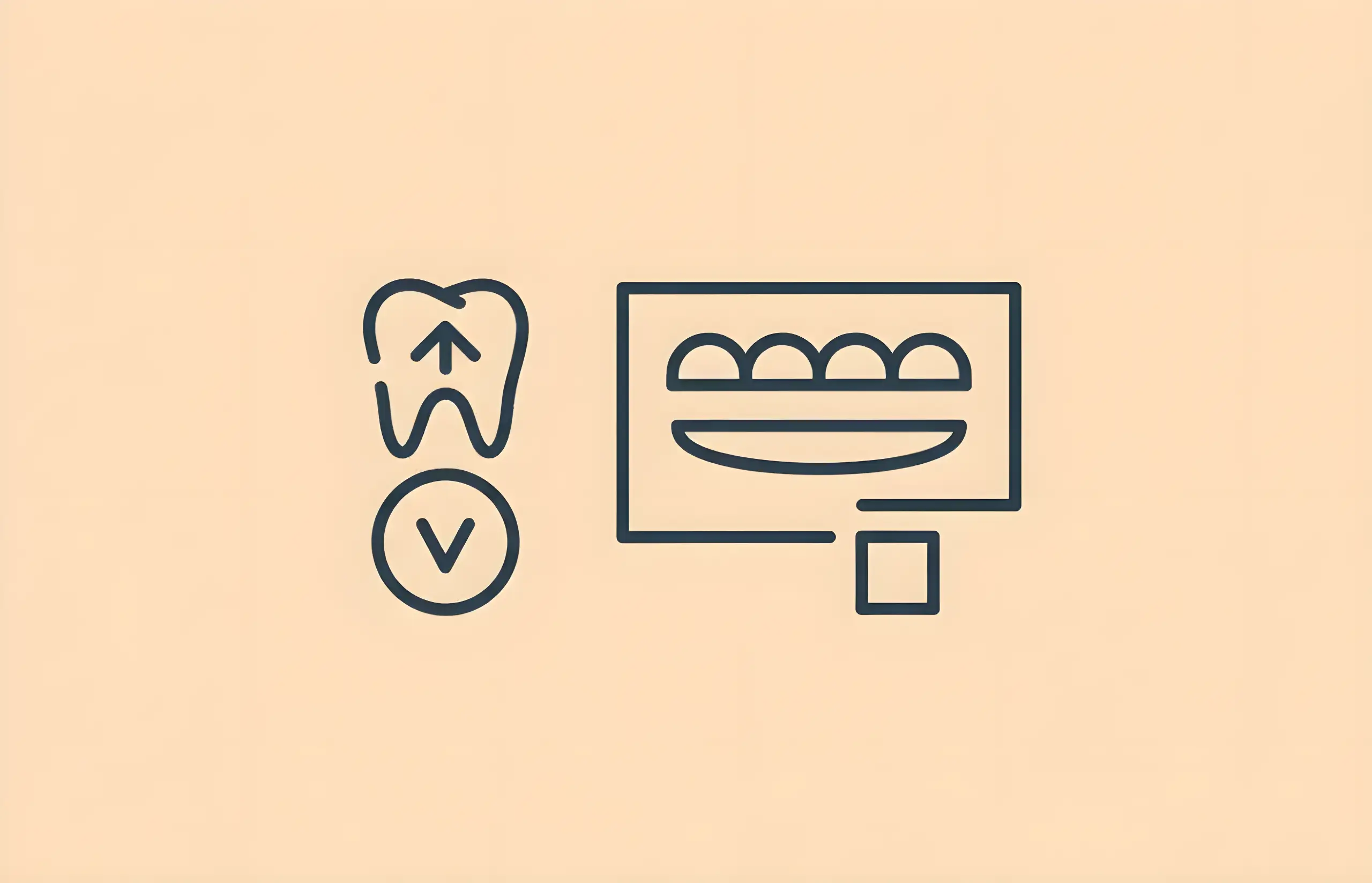The dental implant industry is experiencing a revolutionary breakthrough with the introduction of drill-free, patient-specific, 3D-printed dental implants. iDentical, a pioneering company in digital dentistry, has developed a technology that eliminates the need for drilling during implant placement, marking a significant advancement in implant dentistry.
The Innovation Behind Drill-Free Implants
Traditional dental implant procedures require drilling into the jawbone to create space for the implant fixture. This process, while effective, carries risks including nerve injury, bone damage, and significant trauma to surrounding tissues. iDentical's innovative approach completely eliminates this step.
The drill-free implants are custom-designed using advanced 3D scanning and CAD/CAM technology. After a tooth extraction, a detailed 3D scan of the socket is taken. This scan is used to design a patient-specific implant that perfectly matches the exact shape and dimensions of the existing bone socket.
Within 7 days of extraction, the custom titanium implant is 3D-printed and ready for placement. Because it's designed to fit the natural socket precisely, it can be placed directly into the existing space without any drilling required.
Key Advantages of Drill-Free Technology
Reduced Risk and Trauma
By eliminating drilling, these implants significantly reduce the risk of nerve injury, a serious complication that can occur with traditional implant placement. The bone-preserving approach also minimizes trauma to surrounding tissues, potentially leading to faster healing and less post-operative discomfort.
Simplified Procedure
The procedure is simplified to the point where any dentist can place these implants, not just oral surgeons or implant specialists. This democratization of implant dentistry could make the treatment more accessible to patients worldwide.
Faster Timeline
Traditional implant procedures often require months of healing after extraction before an implant can be placed. The drill-free approach allows placement within just 7 days, significantly reducing the overall treatment timeline.
Patient-Specific Design
Each implant is uniquely designed for the individual patient's anatomy. This customization ensures optimal fit, stability, and potentially better long-term outcomes compared to one-size-fits-all traditional implants.
The Role of 3D Printing in Modern Dentistry
The global dental 3D printing market is estimated to surpass $9.5 billion by 2032, reflecting the technology's growing importance in dentistry. Currently, 15% of dental practices in the USA use 3D printers, with more practices adopting printers than mills for in-office workflows.
3D printing technology has evolved far beyond simple models and surgical guides. It now enables the production of biocompatible titanium implants with complex geometries that would be impossible to manufacture using traditional methods.
Impact on Dental Practice
This innovation represents a paradigm shift in implant dentistry. For decades, the drilling procedure has been a fundamental part of implant placement. The ability to eliminate this step while maintaining or improving outcomes could transform how implants are placed globally.
Dentists who previously referred complex implant cases to specialists may now be able to handle these cases in-house with the appropriate training. This could reduce costs for patients and increase access to implant therapy.
Clinical Considerations
While the technology is promising, it's important to note that clinical trials are still ongoing to establish long-term success rates. Traditional dental implants have decades of research supporting their efficacy, with success rates typically ranging from 95-98% over 10 years.
Patient selection remains crucial. Factors like adequate bone volume, good oral hygiene, and overall health continue to be important for implant success, regardless of the placement technique.
The Future of Dental Implants
The introduction of drill-free, 3D-printed implants is just one example of how digital technologies are transforming dentistry. Combined with other innovations like AI-powered diagnostics, intraoral scanning, and guided surgery, the future of dental care is becoming increasingly precise, predictable, and patient-friendly.
As this technology becomes more widely adopted and long-term data becomes available, it could set a new standard for dental implant placement. The combination of reduced trauma, faster timelines, and simplified procedures represents a significant step forward in making dental implants more accessible and less invasive for patients.
What This Means for Patients
If you're considering dental implants, this technology offers several potential benefits:
- Less invasive procedure with no drilling required
- Faster treatment timeline from extraction to implant placement
- Reduced risk of nerve damage and complications
- Custom design tailored to your unique anatomy
- Potentially available from your general dentist rather than requiring specialist referral
However, it's important to discuss all options with your dentist to determine the best approach for your specific situation. While drill-free implants represent an exciting advancement, traditional implants remain a highly successful, well-established treatment option with extensive long-term research supporting their use.
The dental industry continues to evolve rapidly, with patient comfort, safety, and outcomes at the forefront of innovation. Drill-free 3D-printed implants are a testament to how far dental technology has come and a glimpse into the future of restorative dentistry.
Sources and References
-
[1]
Patient-specific 3D-printed dental implants: A review of current technologiesJournal of Prosthodontic Researchhttps://pubmed.ncbi.nlm.nih.gov/36789886/
-
[2]
3D printing in dentistry: Applications and future perspectivesJournal of Clinical Medicinehttps://www.ncbi.nlm.nih.gov/pmc/articles/PMC8234174/
-
[3]
Digital workflow for immediate implant placement: A case reportInternational Journal of Computerized Dentistryhttps://pubmed.ncbi.nlm.nih.gov/34574321/
All sources accessed and verified on . Medical information reviewed for accuracy and compliance with current guidelines.
Related Articles

3 On 6 Dental Implants – Costs And Information
A comprehensive guide to 3 on 6 dental implants, including costs, procedure details, and alternative treatments

Dental Implant Costs In The UK – Single Tooth and Full Mouth
Complete guide to dental implant costs, financing options, success rates, and what to expect from single tooth to full mouth implant treatments in the UK
About The Dental Guide
The Dental Guide is a trusted online resource providing evidence-based information about dental health, treatments, and procedures. Our content is created and reviewed by qualified dental professionals to help you make informed decisions about your oral health.
Our Mission
- Evidence-based dental information
- Expert-reviewed content
- Clear, accessible explanations
- Latest treatment options
- Patient-focused guidance
Editorial Standards
- GDC-registered dental professionals
- Peer-reviewed sources
- Regular content updates
- Medical accuracy verification
- Transparent authorship
Important Notice
The information on The Dental Guide is for educational purposes only and should not replace professional dental advice. Always consult with a qualified dentist for diagnosis and treatment recommendations tailored to your individual needs and circumstances.
Medically Reviewed
Reviewed by Dr. Nasim Mechoui , BDS (Bristol)
Share this article
Comments & Discussion
Have questions about dental implants? Share your thoughts or experiences.
